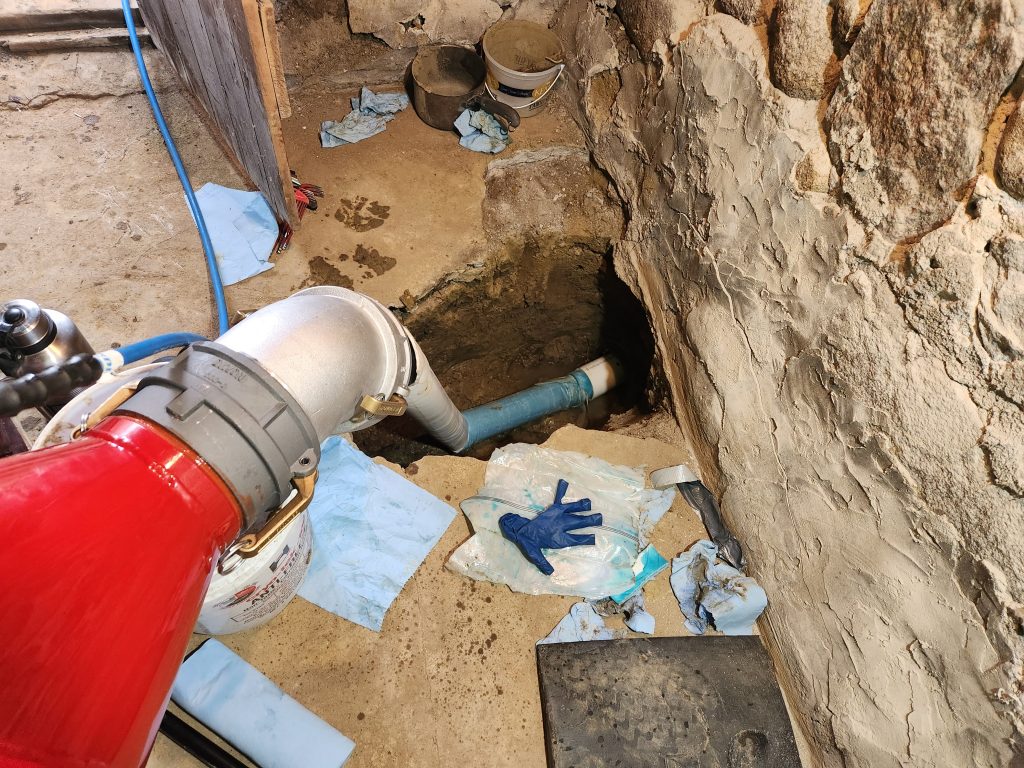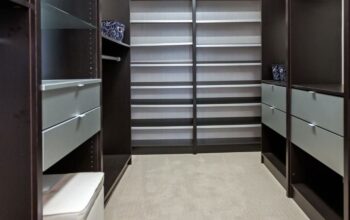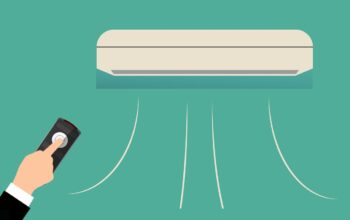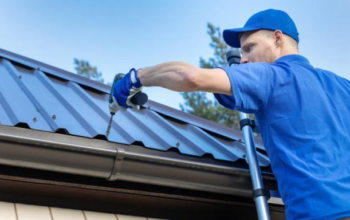Cured-in-place pipe lining (also known as CIPP lining) is a trenchless method for pipe restoration. It can be used to repair existing pipes. This is done to restore pipes damaged by leaks and cracks or intruding roots. This process can extend the life of a pipe up to 100-years while preserving building structures and causing minimal damage to property.
CIPP Lining:
Customers can rest assured that their above-ground property will not be damaged by a pipe relining that does not require digging. All the pipelining will be performed below ground. The CIPP lining contractors will use video pipe inspection to locate the damage before the lining begins. They will then map a plan for repairing the pipe.
To prepare the pipe to be lined, the following steps are taken after locating the damage:
Hydrovac or Jet Vac cleaning trucks can be used to remove roots and debris from pipes.
Install a bypass system if needed to redirect wastewater into other pipes nearby during the lining procedure.
Install and operate a vacuum truck to keep the pipes clean and free of water and debris during the lining procedure.
The CIPP lining contractor will then be able to start the lining. To line the pipe, a high-strength woven fiber is saturated with an epoxy resin mixture. The contractor inserts the lining in the damaged pipe and ensures that the problem is addressed. After the pipe lining is inserted throughout the pipe, it will be exposed to heat in the form steam to cure or harden the lining. The pipe lining is then flushed with the existing pipe. Contractors will open and reinstall sewer service lateral connection that was covered by pipelining. They will also remove any bypass systems they may have installed. After the pipelining has been installed, the pipe will be checked one final time using video pipe inspection technology. This is to ensure that all problem areas have been covered and that everything is in the right place.
How long will the CIPP lining remain?
The epoxy resin coating is applied to the pipe systems and provides a non-corrosive, damp-proof, corrosion-resistant, wear-resistant lining. This coating ensures the system will be protected and reinforced to last for many decades. A CIPP lining will last on average up to 50 years. The lining is protected against root intrusion, cracks and leaks as well as other damage caused by underground utilities.
What is the cost of CIPP lining?
Costs for cured-in-place pipelining installation vary depending on the individual. Some of the factors that determine cost are:
The pipes themselves are sized according to their size.
How much pipe cleaning is required?
Accessing the pipe can be difficult.
It is also more affordable than other methods of pipe repair. Call a trusted contractor to receive a quote for your pipelining project.
The benefits of Cured-in-Place Pipe Lining
There are many advantages to trenchless pipe repair over traditional methods.
Greater Time Efficiency:
In as little as a couple of hours, experts can restore your pipes to a near-new condition using the CIPP lining technique. Save time so you can spend it on the things that matter most.
Price:
Comparing the cost of replacing an old pipe with a brand new one, lining pipes can save up to 75%. As fewer hours are required to complete the process, labor costs will decrease. When comparing upfront costs, the cost of trenchless solutions is lower or equal than that of traditional repairs. When comparing traditional pipe repair to trenchless pipelining, there are several additional costs that can drastically increase the cost and make the project more time-consuming and expensive.
Versatile:
Your old pipes made from concrete, cast iron or clay are no longer a problem. CIPP lining works on all types of pipes. Since the lining is shaped to fit the host and shape of the pipe (round, oval, rectangular etc.), any shape can be used. Repair and restoration can be done.
Zero-digging:
The trenchless method is preferred because it does not require any digging. The property owner will save time and money by completing the work without excavating the property.
Durable:
The epoxy coating inside the pipe provides a non-corrosive, damp-proof, corrosion-resistant and wear-resistant lining. The same pipe can receive multiple coats, ensuring that the system is protected and strengthened. This coating can last for up to 100 years on average.
The disadvantages of CIPP lining
There are some rare instances when it is already too late to repair a pipe using the trenchless technique. Even the most experienced and knowledgeable professionals may have to dig trenches to replace pipes if the line has become irreversibly damaged. A contractor will inspect your pipes and provide you with your repair options.
Is CIPP lining worth it?
Yes, it is worth the effort. The traditional method of repairing damaged pipes can be a time-consuming and expensive project depending on factors such as the length of pipe, the cost for excavation and landscaping, the time it will take to complete the project, etc. CIPP lining, on the other hand, is so efficient that you do not need to replace old pipes or demolish the area surrounding them. The process takes only a few minutes and can last for up to 50 years.
A company like H&M Underground Solutions can provide you with pipelining Rochester MN services. Pipe rehabilitation specialists will take care of your pipe repair or relining requirements. Pipeline rehabilitation technologies are extremely diverse, and we’re the leading provider of pipelining technology. Reach out to schedule a service or request more information. A CIPP lining specialist will be happy to help you.
Related Posts

Loves home. I am here to provide how to make your home a much better place. 🙂 Blogging about HomeDecor, Home Improvements and more.











